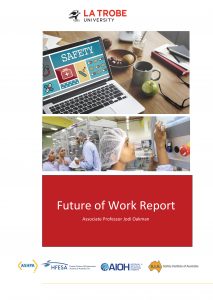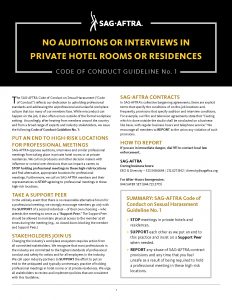One of the fascinating elements of this year’s National Comcare conference is the conflict between the Human Resources (HR) approach to occupational health and safety (OHS) and workers compensation, and the OHS approach to psychosocial hazards. This is not the fault of Comcare as the audience is a peculiar mix of both professions.
The difference was on display when some presenters focused on the post-incident care and, almost entirely, on interventions on the individual. Other presenters focused on the prevention of physical and psychological injuries – the OHS approach. The former seemed warmly embraced by the HR professionals. There were other speakers, or parts of their presentations, where prevention was almost mentioned as an afterthought and even then omitting references to their organisation’s own OHS publications.
There has always been a structural and ideological separation of the professions


 Recently Australian media was entranced with an
Recently Australian media was entranced with an  Australian research usually makes use of the industrial and activity categories created by the
Australian research usually makes use of the industrial and activity categories created by the 